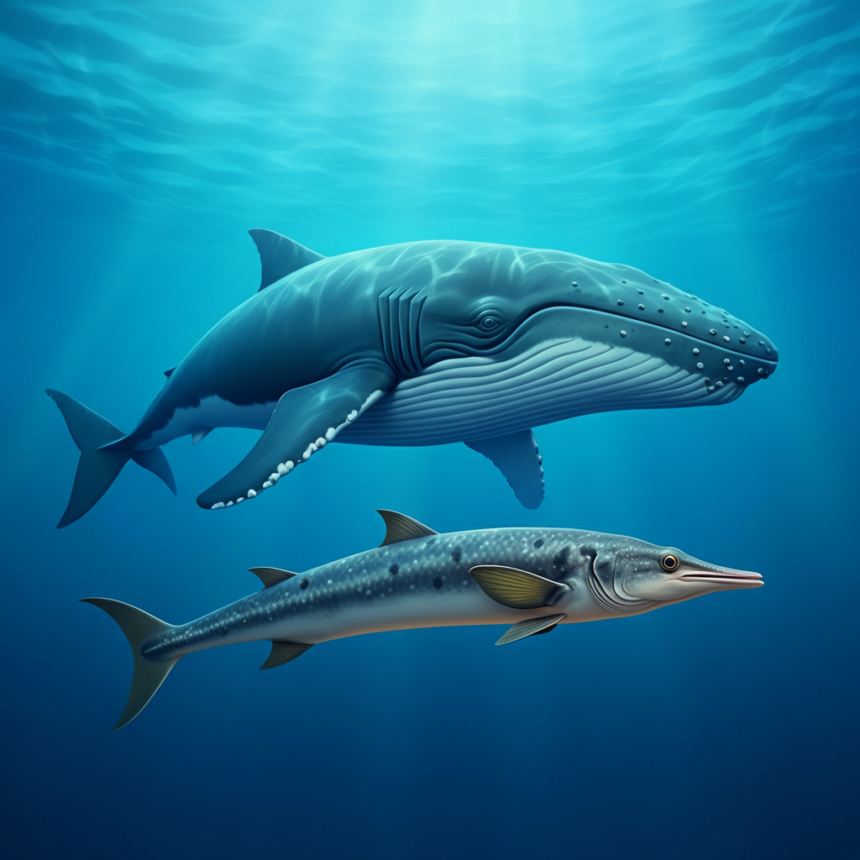The remora fish, often referred to as a “suckerfish,” is a fascinating marine creature known for its unique relationship with larger aquatic animals, particularly sharks and turtles. Found in oceans worldwide, these remarkable fish have an adhesive disk on the top of their heads, which they use to attach themselves to their larger hosts. But beyond their quirky physical trait, the ecological role of the remora is worth exploring. Where does this symbiotic traveler fit into the ecosystem’s food chain? Is it a producer, consumer, or decomposer? Let’s find out.
What Are Producers, Consumers, and Decomposers?
Before understanding where the remora fits, it’s important to first define the three fundamental ecological roles in any ecosystem.
Producers
Producers form the base of the food chain. These are organisms, such as plants, algae, and some bacteria, that can produce food through photosynthesis. They harness energy from the sun and convert it into sustenance that consumers and decomposers rely on.
- Example: Seagrass in marine ecosystems provides food for various herbivores like sea turtles.
Consumers
Consumers rely on other organisms for nourishment. They cannot produce their own food and are classified further into herbivores, carnivores, omnivores, and scavengers based on their diet.
- Example: Sharks, which eat smaller fish and marine mammals, are apex predators and consumers.
Decomposers
Decomposers break down dead organisms and organic matter, recycling nutrients back into the ecosystem. These organisms, such as fungi and bacteria, play a critical role in maintaining ecological balance.
- Example: Marine fungi decompose dead fish and algae, releasing nutrients back into the water.
Now that we understand these roles, it’s time to examine where the remora fits.
Is the Remora Fish a Producer, Consumer, or Decomposer?
The remora fish is a consumer. Specifically, it is classified as a secondary or tertiary consumer, depending on the source of its food. Unlike producers, which synthesize their own food, remoras depend on external nourishment, obtained through their symbiotic relationship with larger marine animals.
What Does the Remora Fish Eat?
The diet of the remora primarily consists of scraps left behind by its host. It feeds on fragments of prey, parasites, and dead skin from the surface of its host. Additionally, remoras may consume small plankton and free-floating organic debris.
This feeding behavior solidifies the remora’s position as a consumer in the ecosystem. Its dependence on host-derived leftovers and other organic matter distinguishes it from producers and decomposers.
The Remora’s Symbiotic Relationship
What makes the remora fish particularly interesting is the symbiotic relationship it shares with host animals like sharks, whales, and turtles. This interaction is classified as commensalism, where one species benefits while the other remains unaffected.
Benefits for the Remora Fish
By attaching itself to larger animals, the remora gains:
- Transportation: Free rides across the ocean, saving energy.
- Protection: Staying close to a large predator keeps the remora safe from other predators.
- Feeding Opportunities: Access to food scraps, parasites, and organic debris from the host’s body.
Benefits for the Host
Although the relationship is primarily seen as benefiting the remora, it can occasionally benefit the host in the following ways:
- Cleaning Effect: By feeding on parasites and dead skin, remoras help maintain the host’s hygiene.
- Improved Hydrodynamics: By attaching to strategic areas of the host’s body, remoras can reduce drag for the host as they move through the water.
This mutually beneficial arrangement highlights the remora’s unique ecological niche and its reliance on larger marine animals for survival.
Misconceptions About the Remora Fish’s Role
One common misconception about remoras is that they are decomposers due to their scavenger-like behavior. While they do eat leftovers and dead organic material, their actions do not involve breaking down organic matter into nutrients that are recycled into the ecosystem—this is the role of decomposers like fungi and bacteria.
Additionally, some believe that remoras harm their hosts, which is also not true in most cases. The adhesive disk they use to attach themselves causes no harm to their host, and their presence rarely negatively impacts the host animal.
Ongoing and Future Research on Remoras
Scientists continue to study the ecological impacts of remoras and their unique adaptations. Recent research focuses on the biomechanics of their adhesive disks, which could inspire advancements in suction technology. Additionally, studies on their feeding habits and contribution to marine ecosystems may uncover new insights into how remoras influence food chains at a broader scale.
Why Understanding the Remora Matters
Studying creatures like the remora fish highlights the intricate, interconnected nature of ecosystems. These small fish may seem insignificant, but their presence contributes to the larger marine food web. The remora’s symbiotic relationship with host animals demonstrates how cooperation among species helps sustain ecosystems.
Explore Marine Ecosystems further
The remora fish’s ecological role as a consumer showcases the diversity and complexity of marine food chains. By learning about these fascinating creatures, we gain a greater appreciation for the balance required in aquatic environments.
Whether you’re a science enthusiast or an aspiring marine biologist, there’s so much more to discover about the underwater world. Delve deeper into topics like marine symbiosis, food chains, and conservation efforts to protect these unique ecosystems.
Start Exploring
Curious to learn more about marine life and ecosystems? Keep exploring our blog for exciting insights into the wonders of the natural world!







